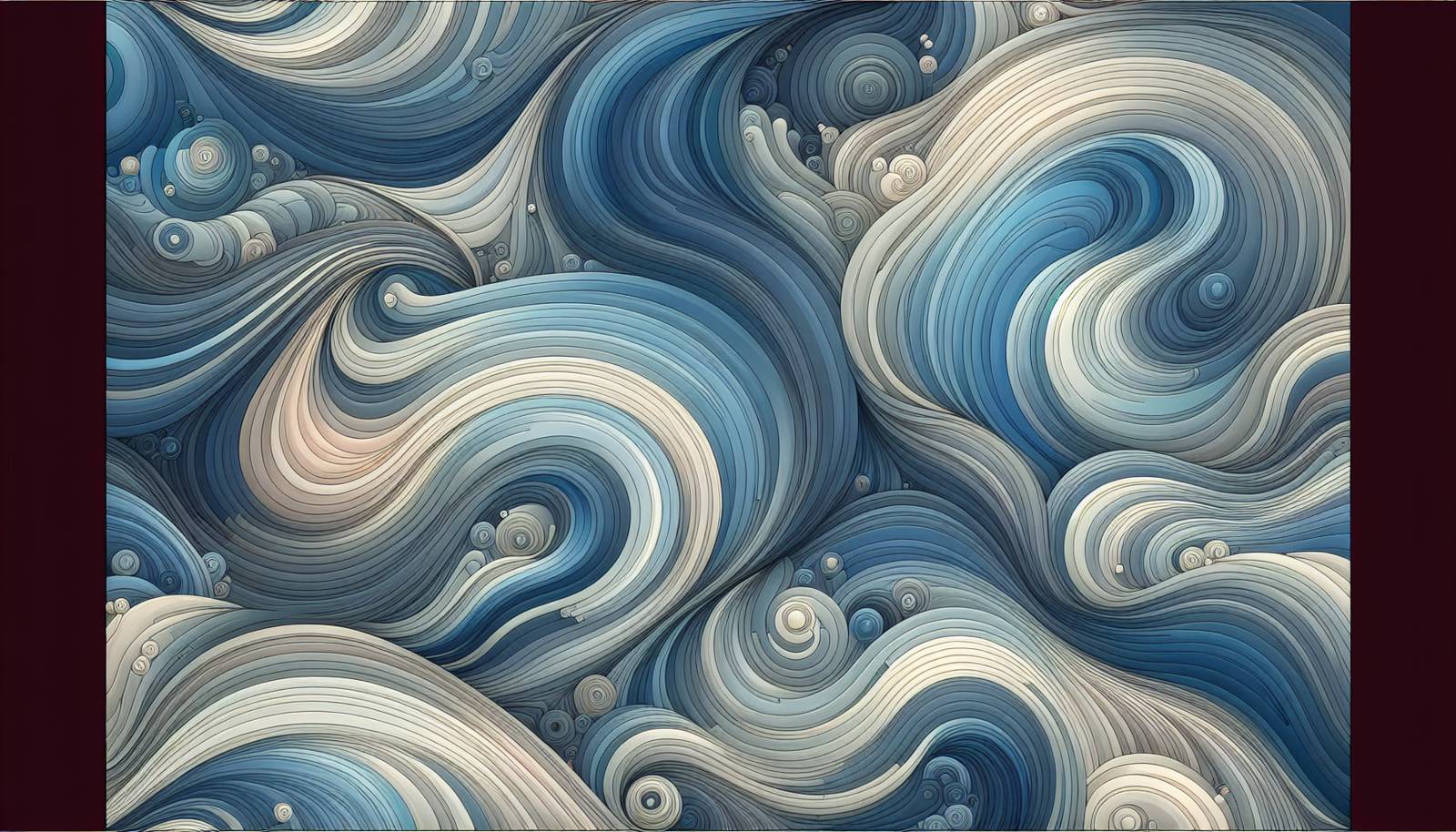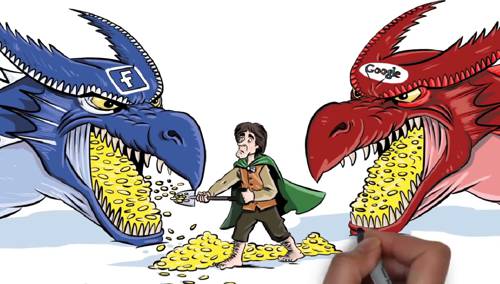
FAQ About The Evolution of Animation Techniques in Film and TV

What are the key stages in the evolution of animation techniques in film and TV?
The evolution of animation techniques can be broadly divided into several key stages. First, the era of traditional hand-drawn animation emerged in the late 19th and early 20th centuries, characterized by manual drawing of each frame. The second stage saw the development of stop-motion animation using physical models and objects, popularized in films like "King Kong" (1933). The third stage involved the use of cel animation, whereby drawings were transferred onto transparent sheets to streamline production, famously employed by Disney. The fourth stage was marked by computer-assisted animation, starting in the late 20th century, which paved the way for the creation of CGI (Computer-Generated Imagery) that dominates today’s industry. Each of these stages contributed to advances in storytelling and the expansion of creative possibilities.

How did traditional hand-drawn animation work?
Traditional hand-drawn animation involves creating a sequence of images that slightly differ from one another, giving the illusion of movement when played in rapid succession. Artists draw each frame by hand, often on paper, which is then photographed onto a film strip. Each second of animated film typically requires 24 individual frames. This labor-intensive method was used in classic films like "Snow White and the Seven Dwarfs" (1937).

What is cel animation and how did it change the industry?
Cel animation is a technique where characters are drawn on transparent acetate sheets (cels) and laid over static background images. This allowed for greater efficiency as only the moving parts needed to be redrawn for each frame. Introduced in 1915, this method revolutionized the industry by reducing the time and resources required for frame production, and enabled studios like Disney to produce more elaborate and higher-quality films.

When did CGI become prevalent in animation?
CGI began gaining traction in the late 20th century, with significant advancements occurring throughout the 1990s. Landmark films like "Jurassic Park" (1993) and "Toy Story" (1995), the first feature-length film made entirely with CGI, demonstrated its potential to create lifelike visuals and complex animated sequences. Since then, CGI has become predominant in both film and television animation, drastically changing production methods and visual storytelling.

How has CGI technology impacted television animation?
CGI technology has transformed television animation by enabling the production of more sophisticated and visually appealing content with lower costs and faster turnaround times. Shows like "ReBoot" (1994) and "The Clone Wars" (2008) are examples of series that leveraged CGI for better graphics and intricate storylines. It also allowed for more creative flexibility, such as integrating visual effects seamlessly within the narrative.

What role did Walt Disney play in the evolution of animation?
Walt Disney played a pivotal role in the evolution of animation by pushing boundaries in technique and storytelling. His studio popularized cel animation and introduced synchronized sound in "Steamboat Willie" (1928), featuring Mickey Mouse. Disney pioneered the first full-length animated feature, "Snow White and the Seven Dwarfs" (1937), which set new standards for narrative complexity and artistic quality. His vision and innovation laid the groundwork for the modern animation industry.

How did stop-motion animation contribute to film and TV?
Stop-motion animation contributed significantly to both film and TV by providing a feasible way to animate physical materials like plasticine or puppets, adding a unique texture and appearance not achievable through traditional hand-drawn methods. Examples include "The Nightmare Before Christmas" (1993) and "Wallace and Gromit" series. This technique allows filmmakers to create detailed characters and settings with a distinct tactile reality that appeals to audiences.

What are some famous films that utilized stop-motion animation?
Some renowned films employing stop-motion animation include "King Kong" (1933), which used models for its groundbreaking special effects, "The Nightmare Before Christmas" (1993) applauded for its visual style and artistry, and "Coraline" (2009), known for its intricate and visually stunning set designs. These films showcase the strength of stop-motion in creating immersive and creative worlds distinct from other animation techniques.

What advancements made CGI the dominant animation method?
Advancements in computer processing power, sophisticated software like Maya and Pixar's RenderMan, and improved techniques such as motion capture and ray tracing have established CGI as the dominant animation method. CGI offers unparalleled visual realism and flexibility, allowing for detailed textures, complex simulations, and dynamic camera movements not possible with traditional animation.

How does motion capture technology aid in CGI animation?
Motion capture technology enhances CGI animation by recording live-action movements of actors which are then translated into digital models, allowing for highly realistic and expressive character animations. This technology is crucial in films like "Avatar" (2009) and "The Lord of the Rings" series to create lifelike characters and integrate them seamlessly within CGI environments.

What are the challenges faced by animators using traditional techniques today?
Animators using traditional techniques today face challenges such as higher production costs and longer development times compared to CGI. The labor-intensive process of creating hand-drawn frames is less efficient than computer-generated methods. However, traditional animation holds a timeless aesthetic appeal and is still valued for its artistic depth and tactile quality. Animators often balance these methods with modern techniques to achieve unique creative visions.

How has digital animation influenced storytelling in film and TV?
Digital animation has significantly influenced storytelling by expanding the arena of visual possibilities and enabling more complex narratives. CGI has allowed filmmakers to create fantastical worlds and characters that were previously unimaginable. It has also provided tools for directors to experiment with new cinematic styles and genres, such as 3D animation and photorealistic environments, thereby enriching the storytelling potential in both film and TV.

What impact did computer-assisted animation have on the traditional animation process?
Computer-assisted animation allowed traditional animators to streamline certain production processes, such as inking and coloring, which were previously done by hand. It enabled greater precision in frame creation and easier alterations. Programs like Adobe Flash and Toon Boom have bridged the gap between traditional animation and CGI, providing tools to retain the aesthetic qualities of hand-drawn styles while enhancing efficiency.

Are there any modern films that still use traditional hand-drawn animation?
While much less common, some modern films still utilize traditional hand-drawn animation for its aesthetic appeal and artistic authenticity. Studio Ghibli remains a prominent proponent with films such as "The Wind Rises" (2013) and "When Marnie Was There" (2014). These films demonstrate the enduring value and beauty of traditional techniques amidst the prevalence of CGI animation.

What is rotoscoping, and when did it become popular in animation?
Rotoscoping is a technique where animators trace over live-action footage to create realistic movement in animation. This method became popular in the early 20th century, notably used by Max Fleischer for "Koko the Clown" and it has seen a resurgence in digital animation for special effects. Rotoscoping provides a blend of realistic motion with animated graphics, useful in films like "A Scanner Darkly" (2006).

Why is 3D animation considered advantageous over 2D methods?
3D animation is often viewed as advantageous over traditional 2D methods due to its capability to create lifelike textures, complex lighting effects, and dynamic perspectives that enhance realism. It allows filmmakers to build intricate environments and detailed character models which can be manipulated with ease, adding depth and dimension that enriches visual storytelling.

How have animation techniques affected visual effects in live-action films?
Animation techniques, particularly CGI, have profoundly influenced visual effects in live-action films, vastly expanding the scope of what can be visually realized. It has enabled the integration of fantastical elements such as creatures, explosions, and landscapes that are central to genres like science fiction and fantasy. High-impact films like "The Matrix" (1999) and "Inception" (2010) leverage CGI to blend live-action with visual effects seamlessly, enhancing narrative immersion.

What are some notable animated TV shows that revolutionized animation techniques?
Shows like "The Simpsons" incorporated digital coloring to improve production efficiency and quality. "Avatar: The Last Airbender" merged anime-inspired 2D animation with Western storytelling conventions to create a rich narrative experience. „South Park“ utilized digital puppetry for rapid production of episodes. These shows not only reflected technological advancements but also influenced the storytelling structure and visual presentation of TV animation.

How did early animation influences Japan's anime industry?
Early animation techniques from Western studios, particularly Disney’s dynamic frame compositions and stylized characters, influenced Japan's anime industry significantly. Japanese animators adopted cel animation methods and integrated them with unique cultural storytelling perspectives, leading to the creation of a distinctive anime style characterized by vivid colors, detailed environments, and expressive character design, evident in works like "Astro Boy" and "Akira."

What are some common misconceptions about CGI in animation?
Common misconceptions about CGI include the belief that it is easier and less resource-intensive than traditional animation. In reality, CGI requires highly specialized skills and substantial computing resources, as well as significant time investment to create high-quality animations. Another misconception is that CGI lacks artistic depth; however, many CGI films receive high acclaim for their visual artistry and innovation, demonstrating complexities akin to traditional methods.
